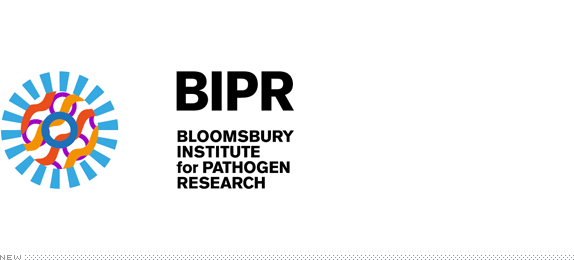
Established in 2011, The Bloomsbury Institute for Pathogen Research is a joint initiative between University College London and the London School of Hygiene and Tropical Medicine to "form a centre for excellence in experimental medicine" by bringing together cutting-edge pathogen research, experimental medicine and clinical development; translating research on bacteria, parasites and viruses into new modes of detection, treatment and control. A new identity was introduced earlier this month, designed by London-based Igloo.

The logo combines three figurative representations — a microscopic view of a parasite, a genome map of a bacterium, and a rendering of a virus — to parallel the institute's unification of these research areas. Appearing in numerous forms and colours, the ever-changing logo relates to the nature of BIPR's work.



The appeal of this project lies in its cumulative effect, seeing all the different possible combinations come together in the image directly above. Most people will rarely see the identity presented like this but the good thing is that each individual logo is strong enough individually and the concept gives the people involved a story to tell and something to explain. The three layers of microscopic views work great either each on its own, one layered above another, or all together. Perhaps in the 3-ply layers it gets a little too pathogen-y and messy but it fits the subject matter. The typography is simple, bold, and very black, giving the otherwise colorful and party-like icons some scientific gravitas. Overall, this is the kind of identity that can help an otherwise faceless organization have some personality.


Don't forget to cast your vote about this post online
